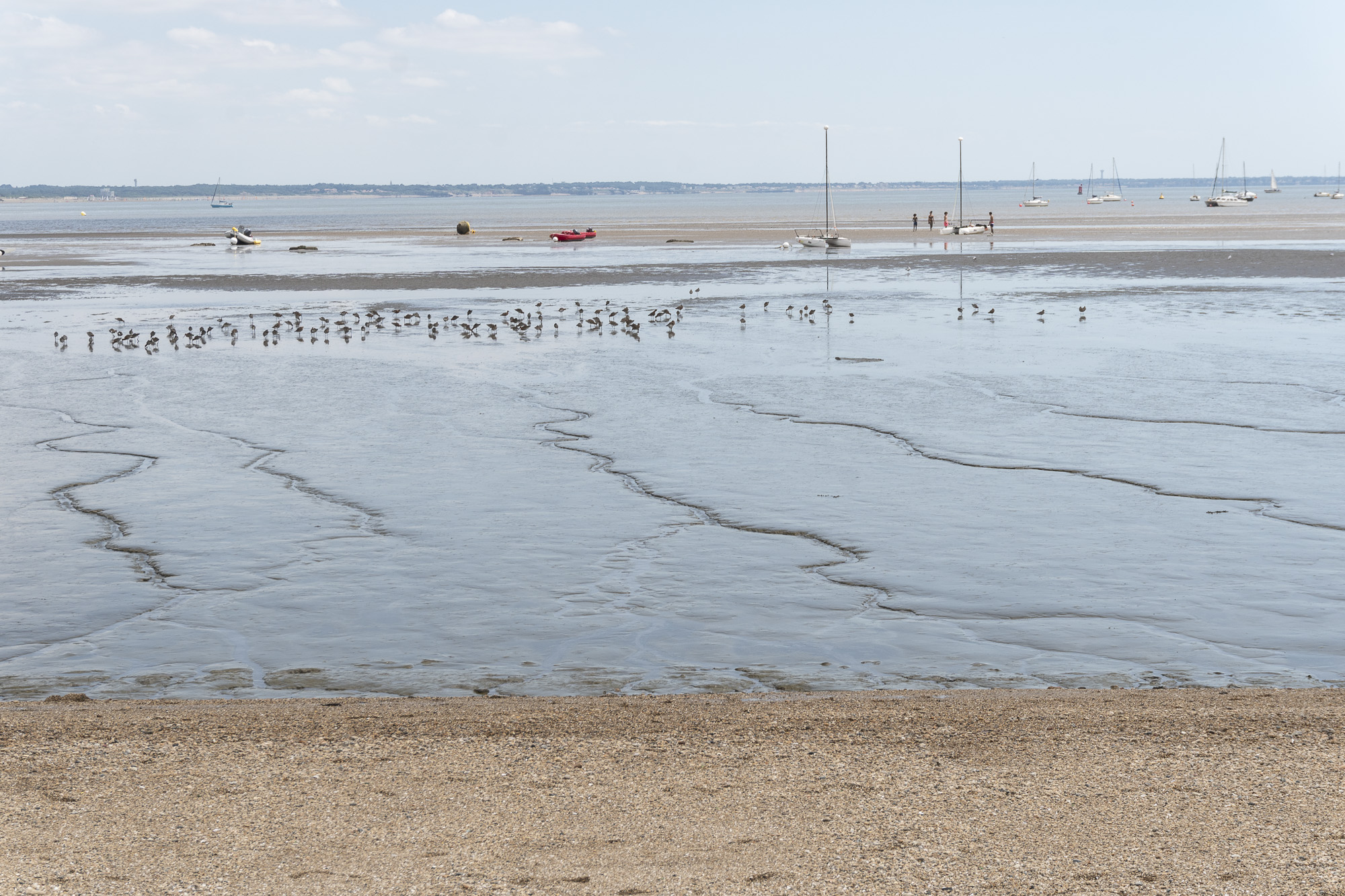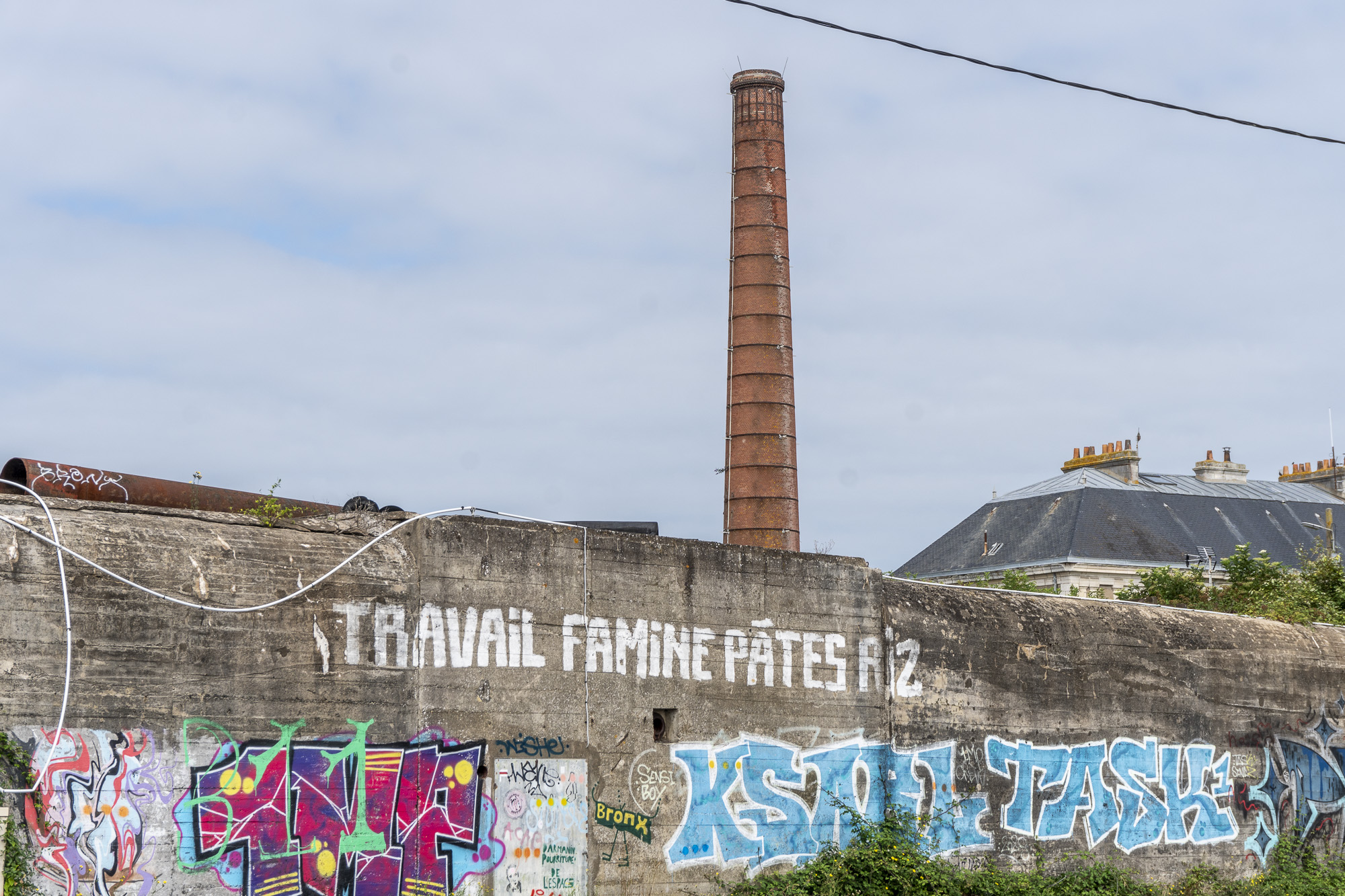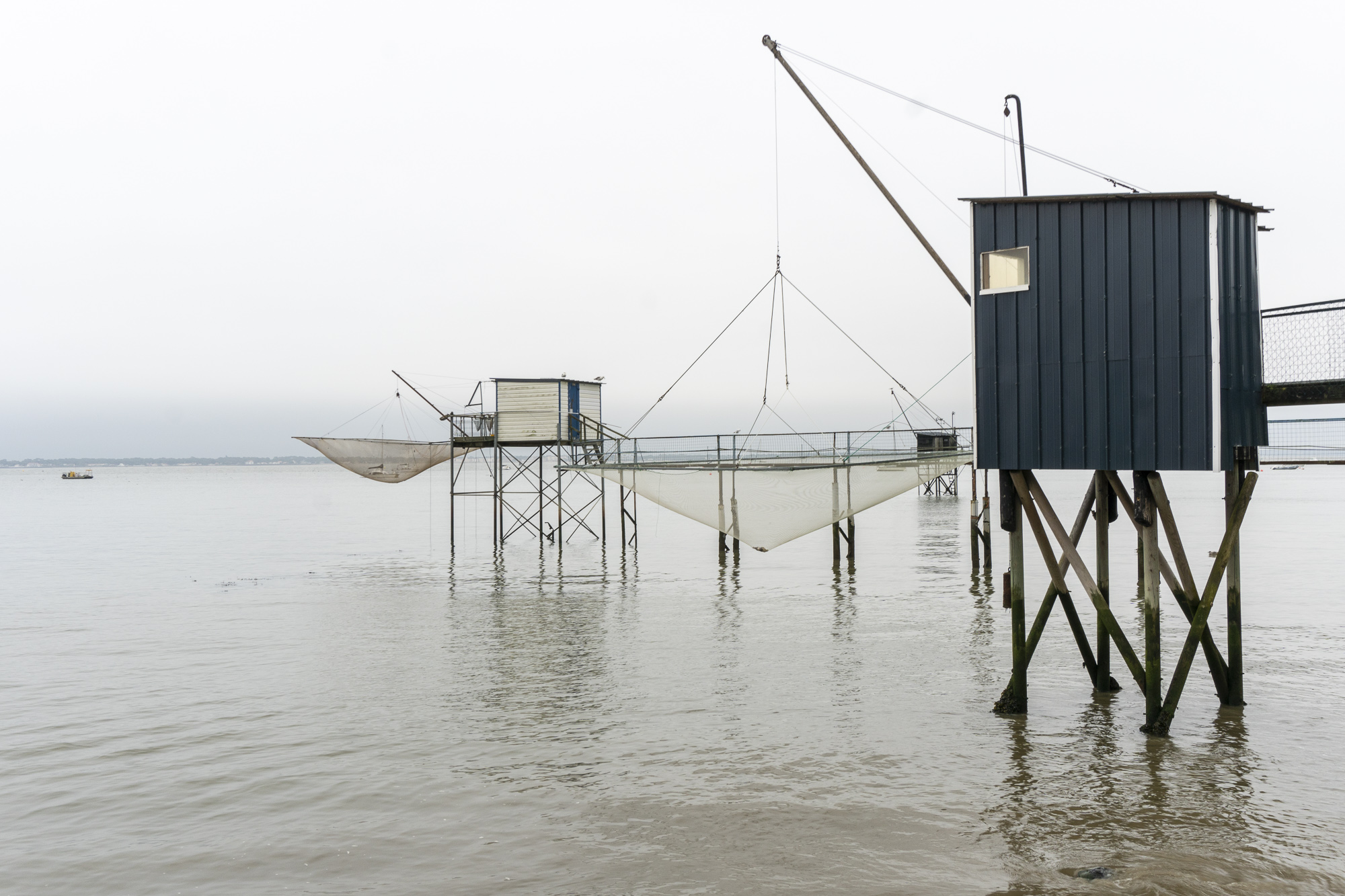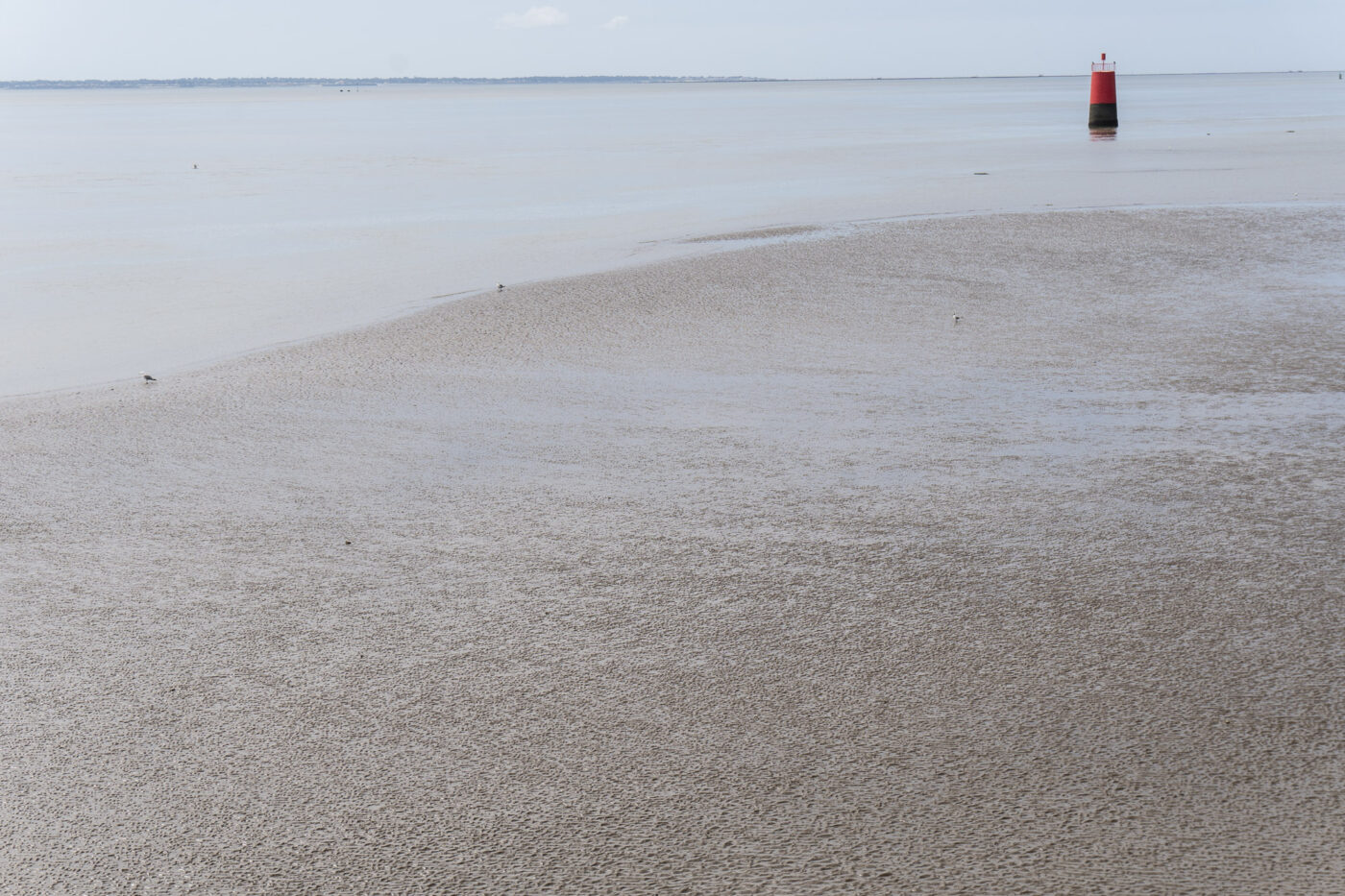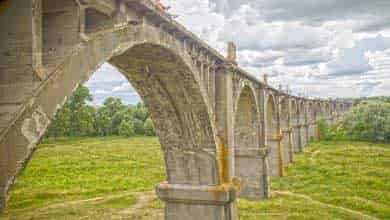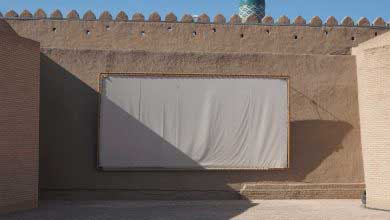I arrived in Saint-Nazaire by chance, and equally by chance, as if drifting, I began to explore it. I was trying to understand its shape, its structure, and [to] make sense of the strange ambiguity I perceived: on one hand, it repelled me; on the other, it fascinated me.
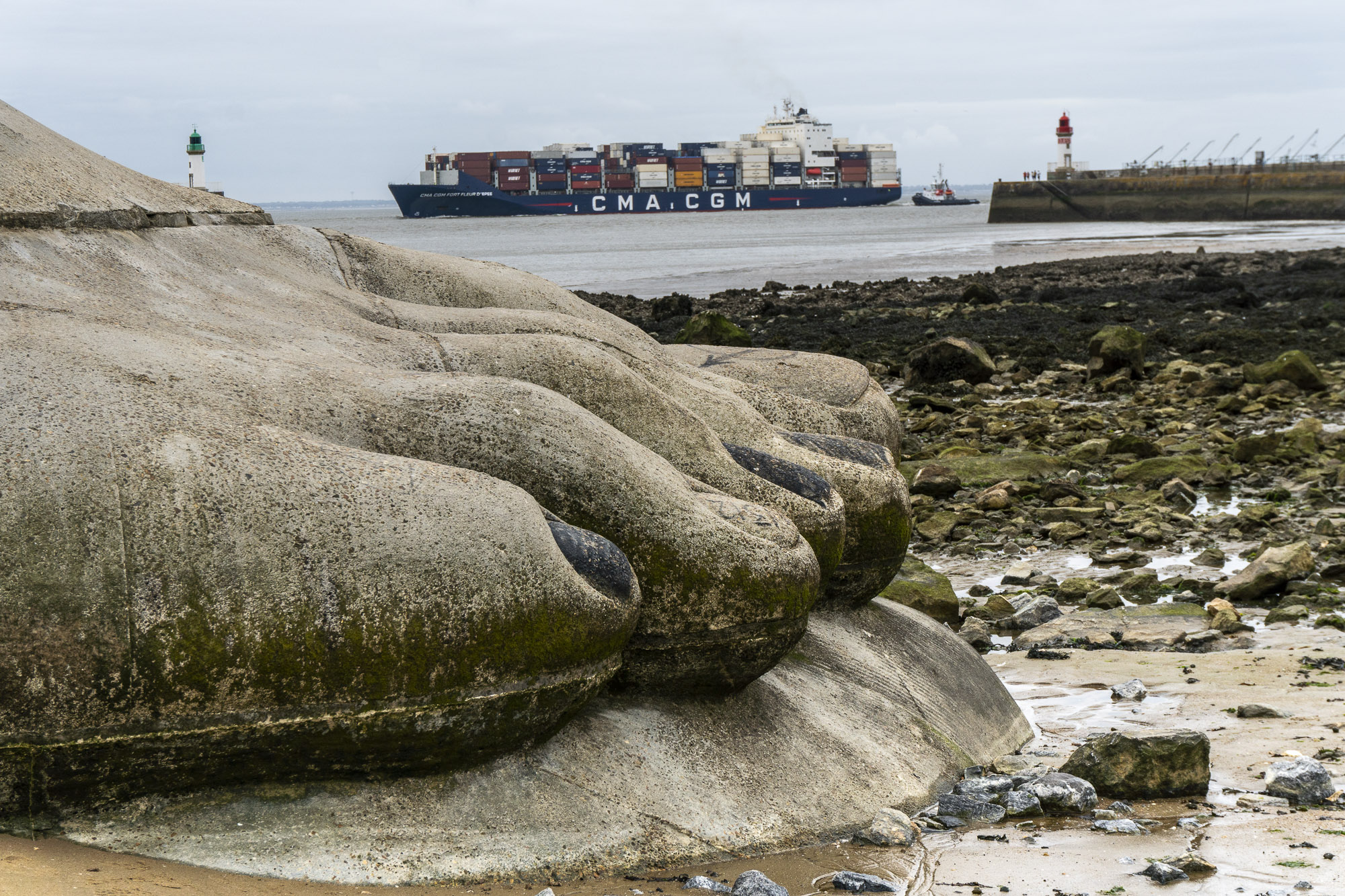
As it is written in ‘Saint-Nazaire : port de toutes les littératures’: ‘You arrive here by chance, by necessity, or you’ve been here forever. There are the first impressions, those of the unrepentant traveller; there are the first rejections, those of forced labour; and there are the last provocations, those of the person who knows and does not want his city to resemble the vision of the first two.’
Indeed, this ambiguity is an intrinsic part of an estuary city, which, as they say, is neither meat nor fish. But it is not only this. Saint-Nazaire is founded on paradox and duality: rural and working-class, white and red, open and closed, heavy and volatile, still and tumultuous, a place of departure and resistance, natural and artificial, a city of memory and oblivion.

The city’s relationship with destruction and creation is one of suffering and fascination, revealing a character of unfinishedness. Since the end of the 19th century, Saint-Nazaire has been built quite artificially, as an economic-political project, to welcome and house workers from outside. A key to the estuary, a transatlantic and naval city, a Californian in the 19th century, Saint-Nazaire had to come to terms with a space both hostile and complicit – the ocean, the tides, the winds – but also with historical events.
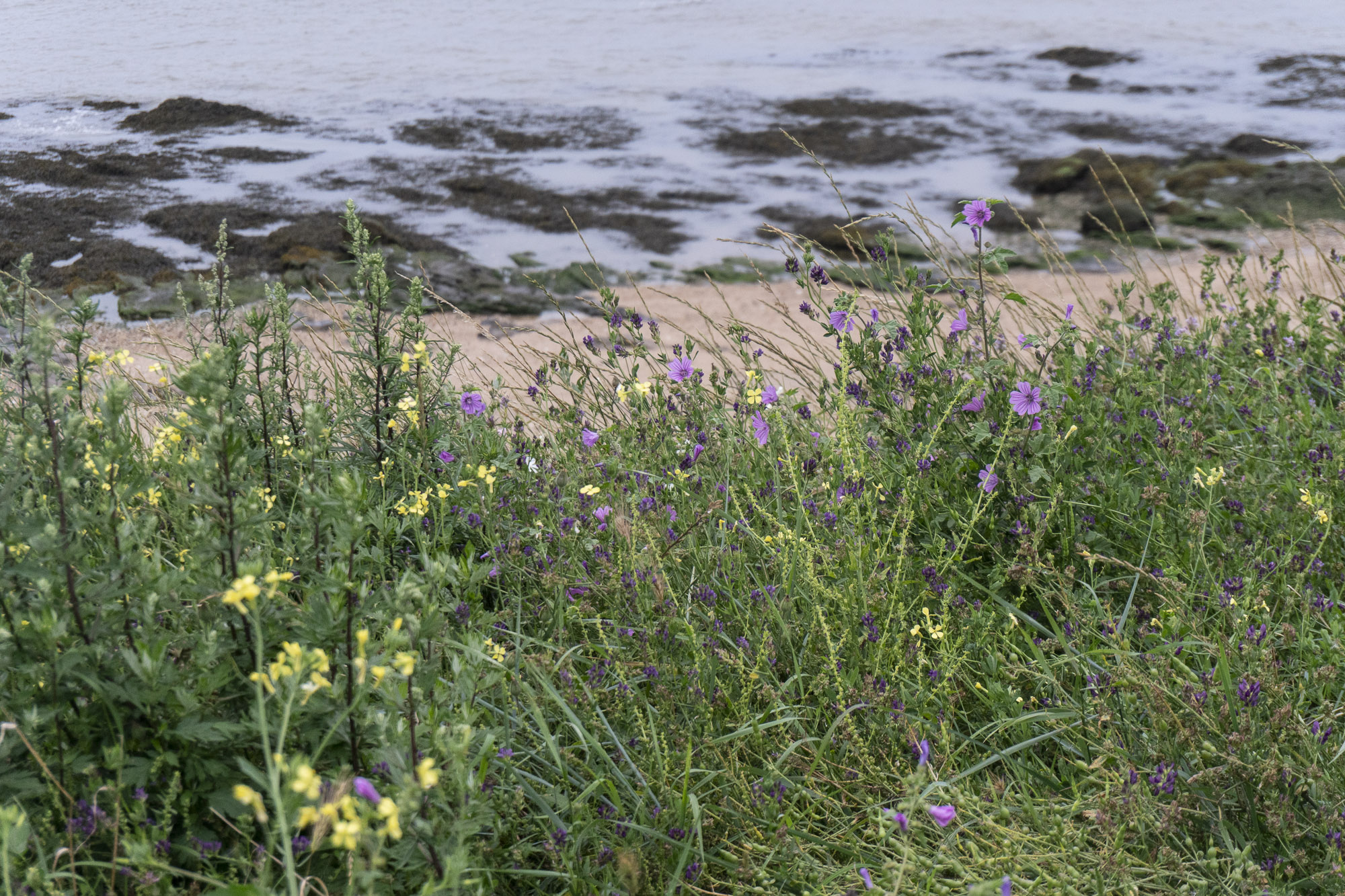
The city was transformed by the arrival of the Americans in 1917 and completely destroyed in 1944, during the Second World War. Rebuilt, its new form, redesigned by man, is characterised by cement, square streets, workers’ dormitory houses, construction sites, cranes, metal. Yet, this reconstruction, inspired by 1950s aesthetics, shares space with simpler, expected elements: gulls, distant boats, lighthouses, coastlines, and beaches.”
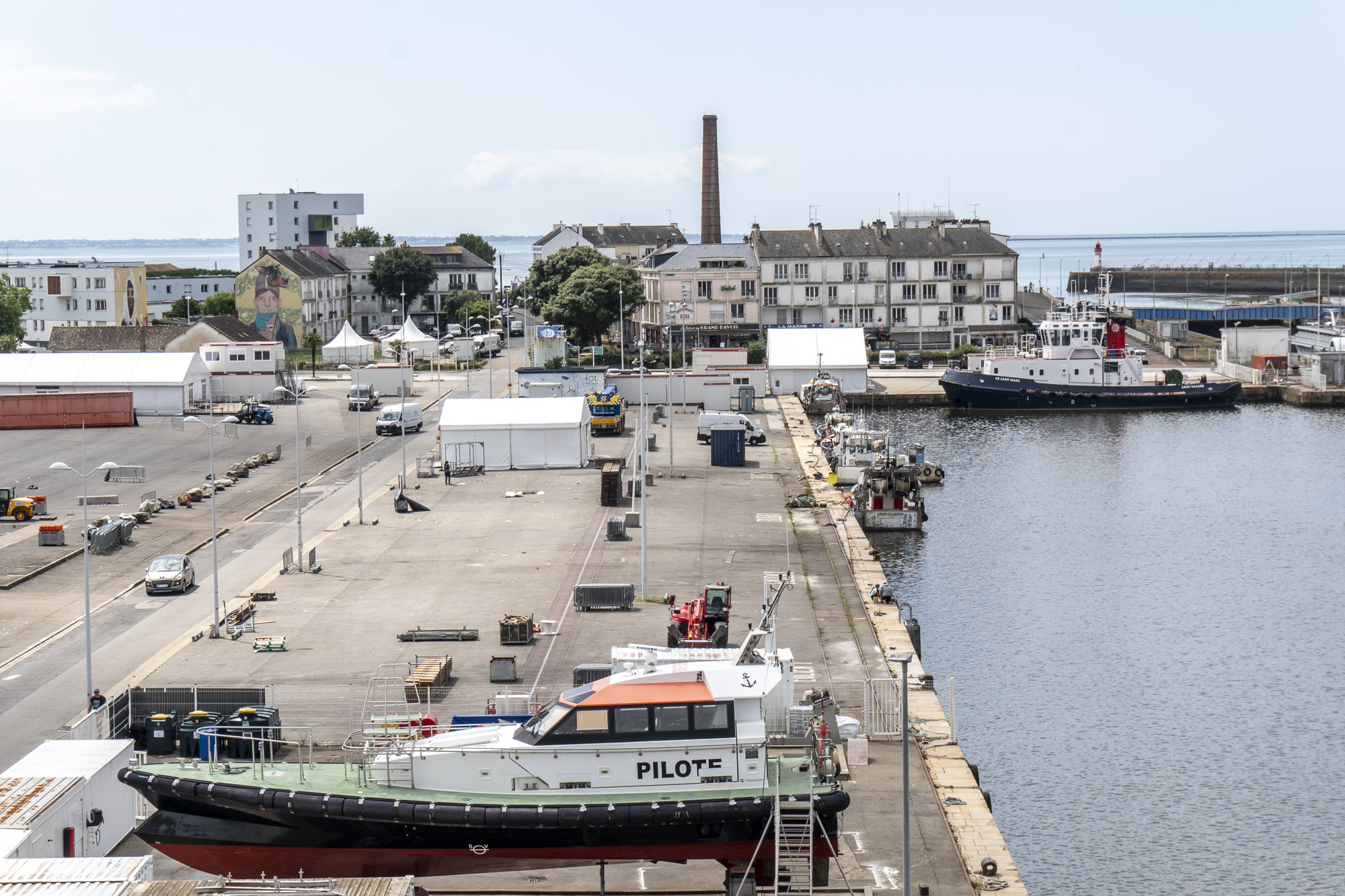
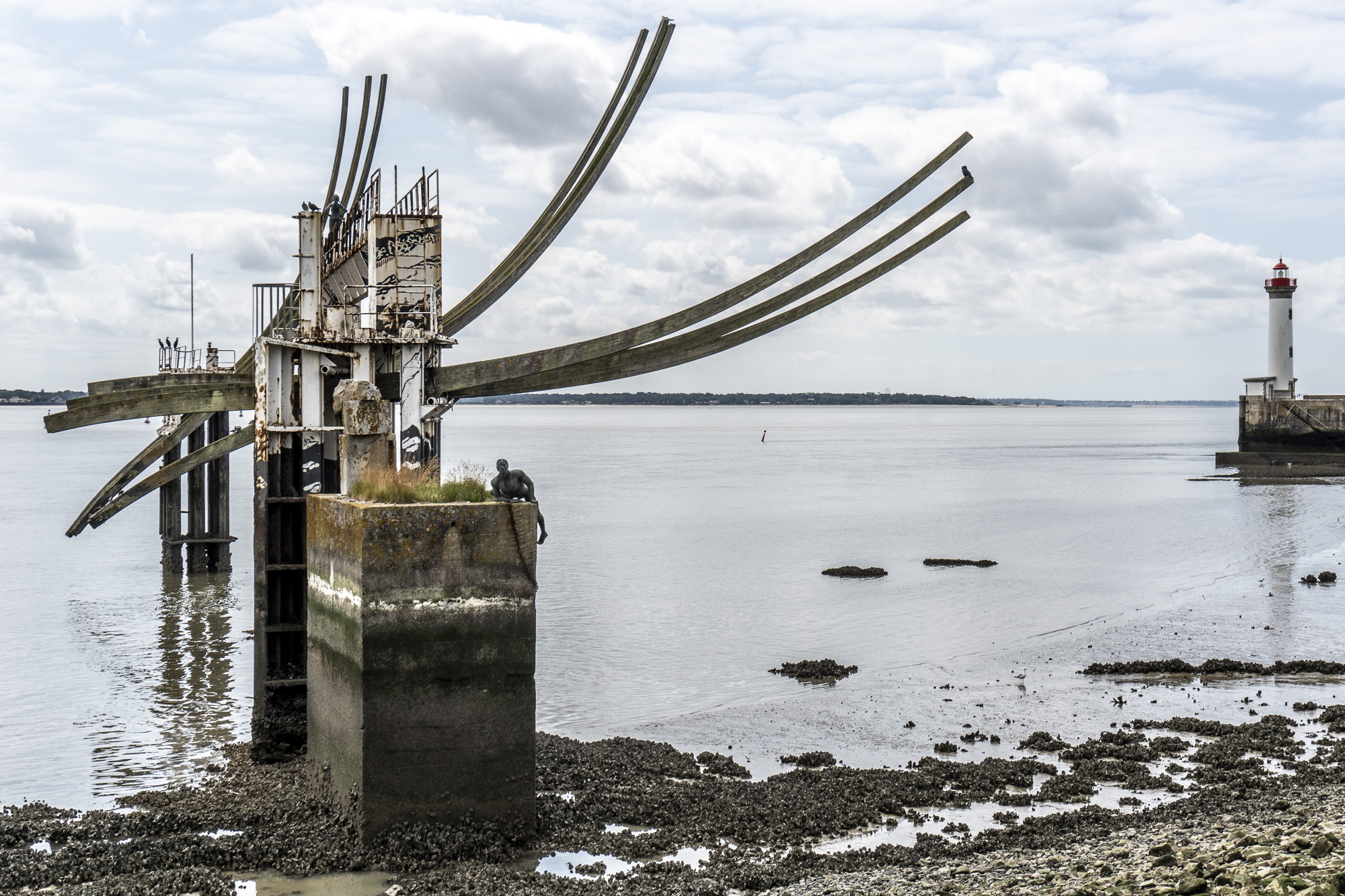
On the collective level, Saint-Nazaire gave rise to strikes – so much so that it earned the title of ‘French strike capital’ -; the first collective agreement was signed here, and the city hosted one of the first Bourses du Travail. Over the years, it has been the cradle of all sorts of collective movements: from construction to literature, from health to education. And even without knowing these details, you can feel the echoes. Just look at the port murals, the posters and stickers along the streets. The struggle is still alive. The attention to the others and to rights is always there.
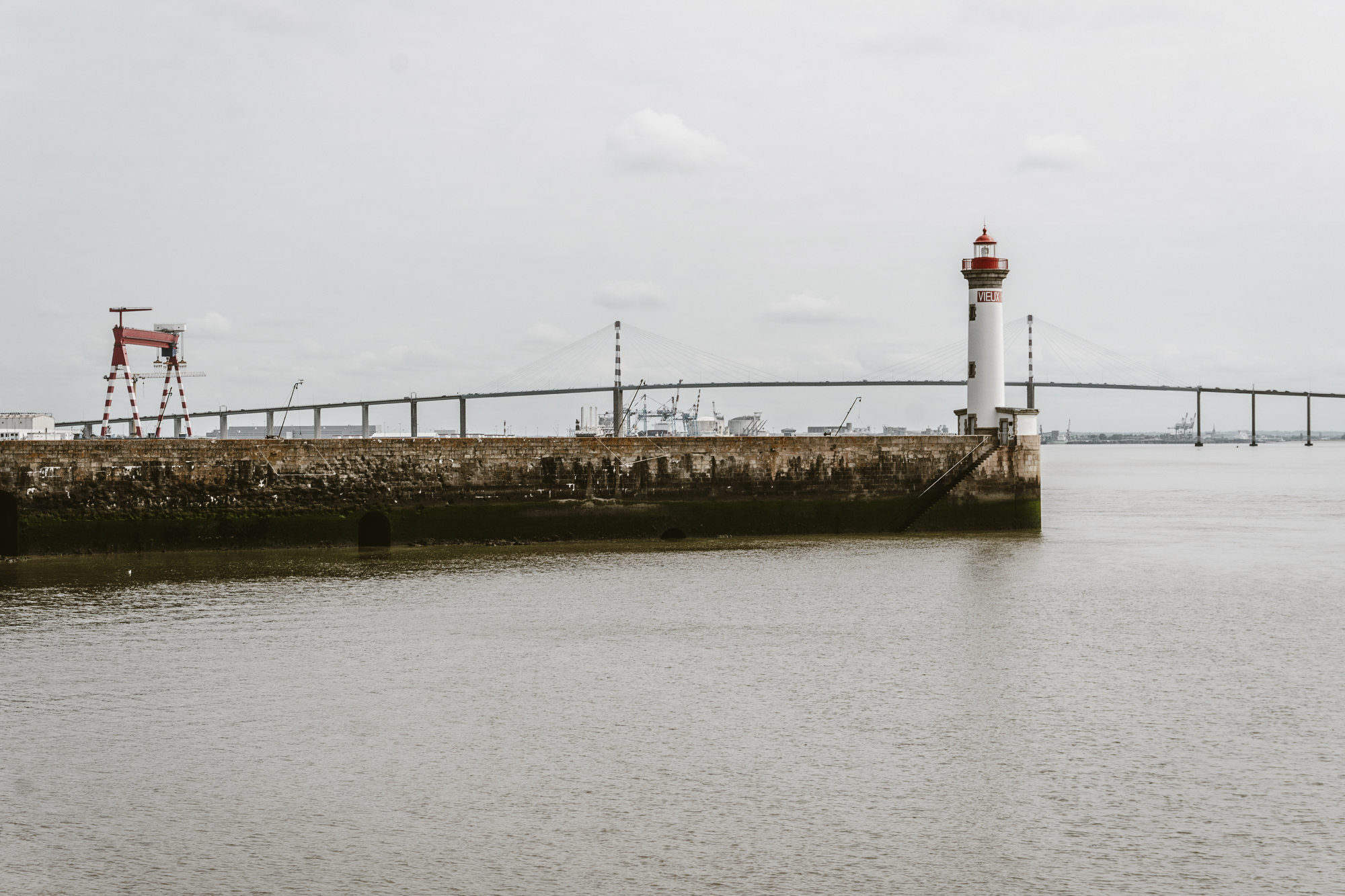
Perhaps it is precisely this duplicity, this perennial state of immobility and impetus towards the future, of struggle for survival and rights, that has characterised the city since its birth, this balance between the artificial and the natural, that makes Saint-Nazaire a special place. And it is precisely this that arouses the desire to dig deeper, to discover what lies beneath the surface of this city with a double soul. “Aperit et nemo claudit”, she opens and no one closes.
